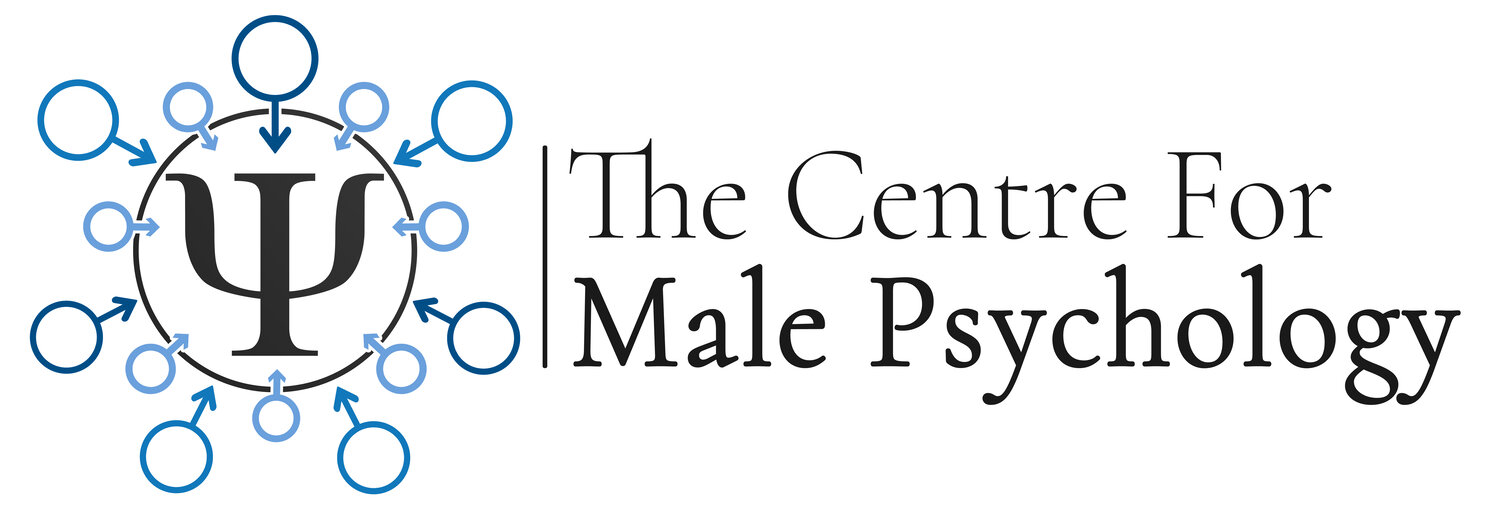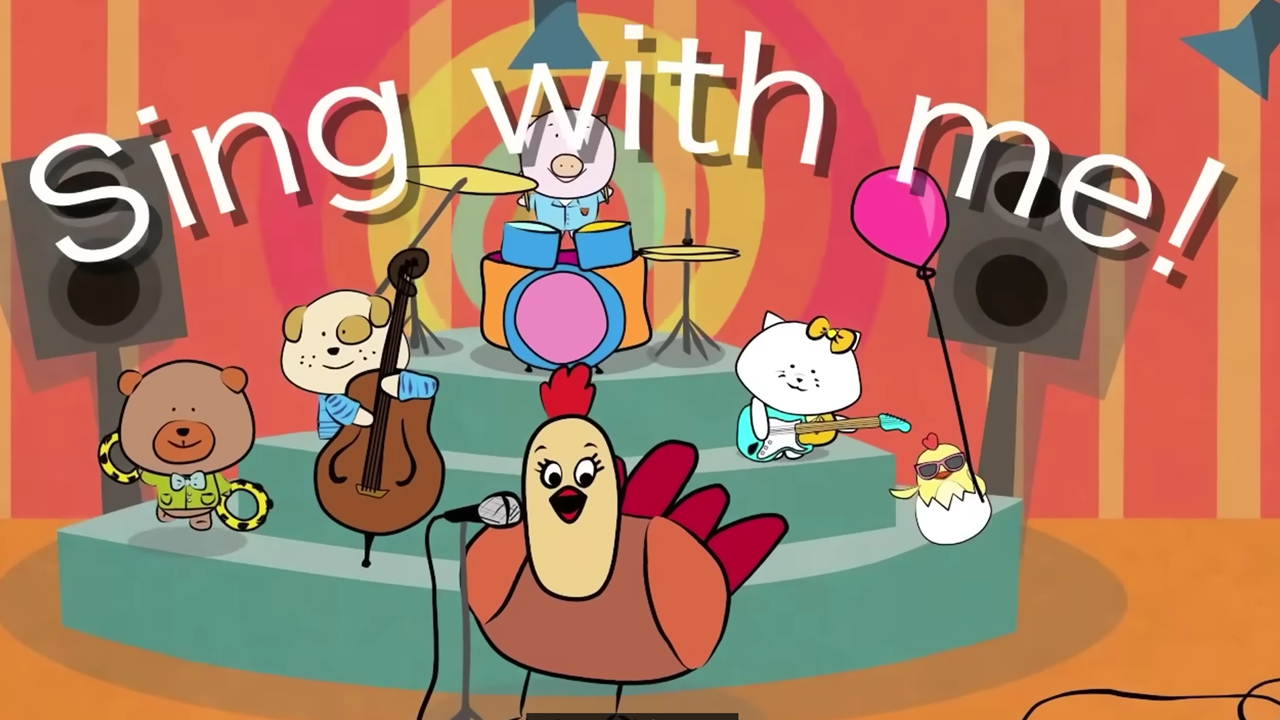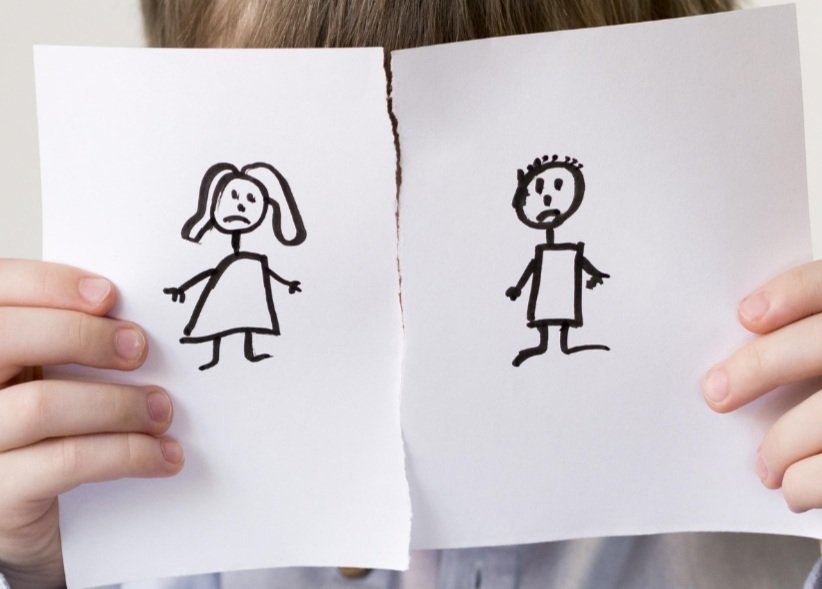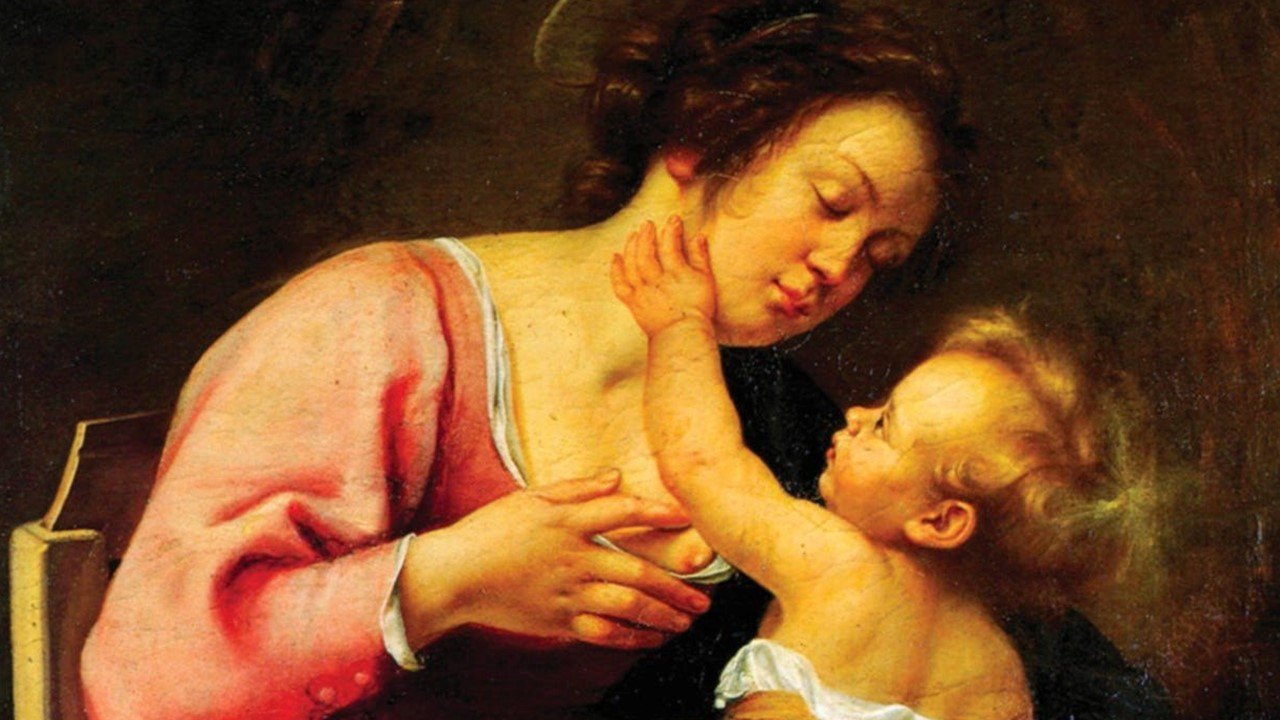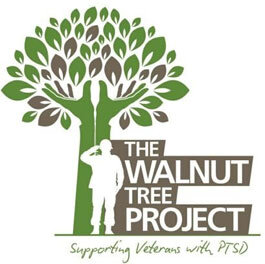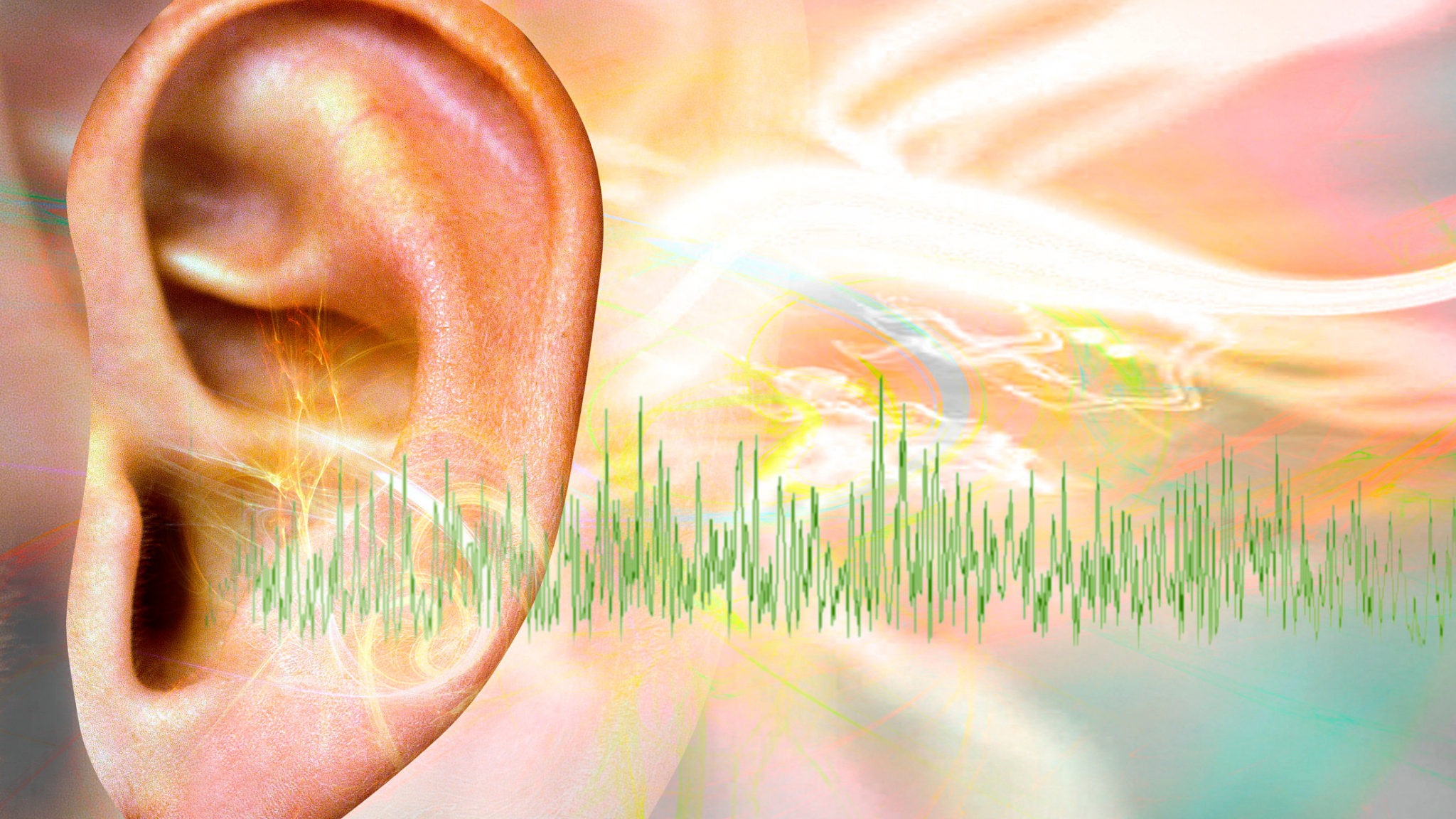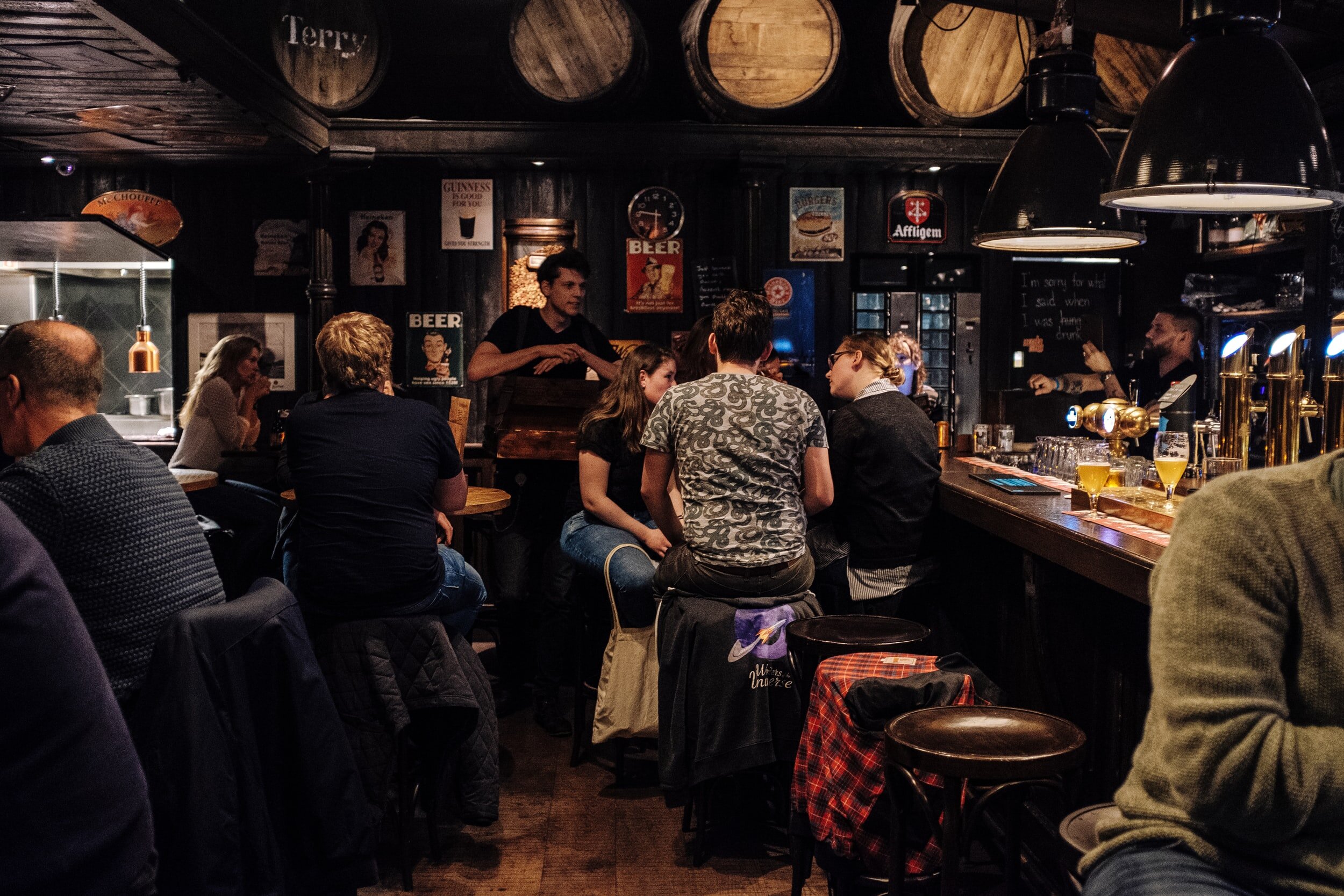The Disregard of Male Suffering: evidence from psychology research, therapy and training
So that our knowledge and skills don’t shrivel and decay, psychotherapists like myself have to regularly take continuing education training. I recently took a multi-day training on treating victims of a certain type of abusive relationship, also known as a pathological love relationship or narcissistic abuse. Quickly into the training, I learned that I wasn’t being instructed in how to identify and treat people in these relationships but how to identify and treat women in these relationships.
A perfunctory disclaimer was given stating that the group’s research was on women as victims and men as the pathological partners but that the dynamic could be reversed as well. There was no curiosity about how often males are victims; the possibility that the male experience as victim could be different than the female experience; or whether a female pathological partner exhibits different behaviors than a male one.
“research consistently finds that compared to males, females evoke greater instincts of empathy, care, and protection.”
Although disappointing, this was not surprising. A recent review paper by researchers Maja Graso and Tania Reynolds titled A Feminine Advantage in the Domain of Harm: A Review and Path Forward shows that research consistently finds that compared to males, females evoke greater instincts of empathy, care, and protection. Moreover, it is easier for individuals to typecast females as victims and males as perpetrators.
The researchers convincingly make their case citing numerous examples. Two studies find that people are more willing to sacrifice a man’s life than a woman’s in ethical dilemmas where they can end a life to save others. When viewing pictures of men and women in pain, greater concern is reported for women. In a study where individuals could gain financially from inflicting pain on others, they harmed male targets more whereas they chose to receive less money to shield women from pain.
In scenarios of identical mistreatment from a same-gender friend, people felt less sympathy and were more dismissive to men compared to women. Study subjects were more willing to support a drug that provided overall benefits but had side effects for men versus one that had the same benefits and disproportionate side effects for women.
“people ‘overestimate the degree of hiring discrimination against women and underestimate the degree of discrimination against men.’”
In discussing research about hiring discrimination, Graso and Reynolds state that “[p]eople more strongly believe women’s under-representation in male-dominated fields (e.g., engineering) reflects societal discrimination and warrants social action compared with men’s under-representation in female-dominated fields (e.g., nursing).” Furthermore, people “overestimate the degree of hiring discrimination against women and underestimate the degree of discrimination against men.”
Graso and Reynolds also discuss sexual harassment, stating that “[e]xperiments reveal people perceive the same actions as more sexist, harassing, and insulting when they are committed by a man than a woman,” and that “people desire harsher punishments and are less willing to forgive a man (versus a woman) who makes a potentially inappropriate comment at the workplace.”
In both mock juror experiments and in real life courtrooms, males receive harsher treatment even when accounting for the defendants’ criminal record and the nature of the crime (in case you didn’t think there were enough links in that sentence, here is another mock juror study, and three more real world analyses).
Of particular relevance to my training, Graso and Reynolds also note that “male victims of female-perpetrated intimate partner violence are met with ridicule, doubt and minimization, despite evidence suggesting women commit intimate partner violence at similar rates to men.”
In my training, I was instructed that the perpetrator profile we were studying was that of individuals with narcissistic and antisocial personality disorders because they were the most dangerous. Research shows, however, that it is borderline and antisocial personality disorders that exhibit the most psychological and physical abuse in romantic relationships.
I suspect this discrepancy stems from the female favoring biases discussed in the Graso and Reynolds paper. Narcissistic and antisocial personality disorders are found more in males, who are more easily viewed as perpetrators, and borderline personality disorder is generally considered to occur more often in females, who are more easily viewed as victims.
[Male therapy clients’] “responses transformed from helpful but tepid support offered to their brothers to righteous paternal love and anger, sometimes through tears, on behalf of their sisters”.
This blind spot may inadvertently disadvantage many women in pathological relationships as well because although borderline personality disorder is diagnosed more in females, studies show roughly equal prevalence in males and females. One more place where these biases may appear is that treatment protocols for borderline personality disorder are developed and researched using mostly female patients, and unsurprisingly typical treatments don’t work as well with males.
I’ve noticed this female advantage in my clinical work, too, like in clinical exercises drawing on Solomon’s Paradox, which refers to the consistent and reliable finding that people reason better about others’ problems compared to their own.
Solomon’s Paradox is why therapists often ask questions to force the client to view their situation from another perspective—questions like, “What would you say to a friend in the same situation?” “What would you say to yourself if you were your own coach or mentor?” Or controversial psychologist Jordan Peterson’s uncontroversial suggestion to “[t]reat yourself like someone you are responsible for helping.”
Using this principle, I ask my clients in pathological relationships to imagine what they would think of a loved one in a similar relationship. In the past, I would have them imagine someone of the same gender, assuming similarity of the hypothetical protagonist would be most effective, but it was never as powerful an exercise with men. After learning about these female-favoring biases, I began to ask male clients about their sisters instead of their brothers. Their responses transformed from helpful but tepid support offered to their brothers to righteous paternal love and anger, sometimes through tears, on behalf of their sisters.
After these thought experiments, some male clients express the same bias plaguing their relationships: As men, they are supposed to persevere through the pain, confessing that they are not worth the same consideration as women, not deserving of the same love and respect as the other half of the species.
Today, these biases intersect with a myriad of struggles befalling contemporary men. Contrary to the zero-sum thinking that rampages through our gender discourse, we need each other—helping half of society invariably helps the other half. A protective impulse toward women may certainly be healthy, and most would give the caveat that it need not be patronizing to our sisters. Perhaps we should add that it should never sanction the neglect of our brothers.
Scroll down to join the discussion
Disclaimer: This article is for information purposes only and is not a substitute for therapy, legal advice, or other professional opinion. Never disregard such advice because of this article or anything else you have read from the Centre for Male Psychology. The views expressed here do not necessarily reflect those of, or are endorsed by, The Centre for Male Psychology, and we cannot be held responsible for these views. Read our full disclaimer here.
Like our articles?
Click here to subscribe to our FREE newsletter and be first
to hear about news, events, and publications.
Have you got something to say?
Check out our submissions page to find out how to write for us.
.
